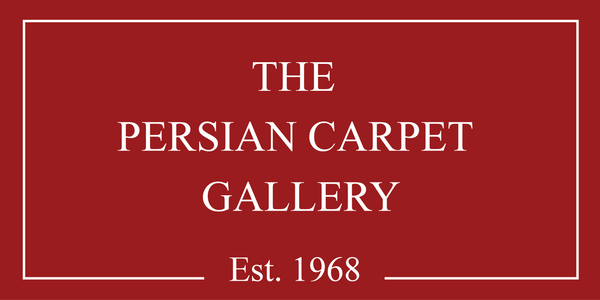The Exquisite Floral Carpet in the Carpet Museum of Iran in Tehran
The Exquisite Floral Carpet: A Masterpiece of Persian Weaving
Origin and History
The Floral Carpet, a remarkable work of art dating back to the late 16th century, originates from Central Persia, possibly Isfahan. Currently housed in the Carpet Museum of Iran in Tehran, this carpet is a testament to the unparalleled craftsmanship and artistic heritage of Persian weavers during the Safavid era.
Dimensions and Knot Density
This stunning piece measures 380 x 296 cm (150 x 117 in.) and boasts an astonishing 420,000 Persian knots per square meter (271 knots per square inch). Its precise knotting includes:
- 60 knots per 10 cm across
-
70 knots per 10 cm lengthwise
The foundation of the carpet is woven with beige cotton warp and weft, while the pile consists of high-quality wool, ensuring durability and a luxurious texture.
Artistic Significance
One of the most striking features of this masterpiece is its rich floral and arabesque design, which evokes a sense of harmony and elegance. The intricate motifs spread across the field, intertwining gracefully with delicate tobi (scrollwork), showcasing the mastery of Persian weavers. The borders, adorned with lavish arabesques over a floral backdrop, enhance the visual appeal and sophistication of the piece.
Comparative Analysis
This exquisite carpet shares notable similarities with a Viennese counterpart housed in the Österreichisches Museum für Angewandte Kunst (MAK) in Vienna. The similarities, particularly in the elaborate border design, suggest that this piece was produced in one of the renowned Isfahan carpet workshops active in the 16th century. Isfahan was a major hub of Persian carpet production during the Safavid dynasty, known for creating some of the most breathtaking and meticulously woven carpets in history.
A Timeless Legacy
The Floral Carpet is more than just a decorative piece—it is a reflection of the artistic ingenuity, cultural refinement, and unparalleled skill of Persian weavers. The delicate balance of floral motifs, arabesques, and scrollwork makes this carpet a true collector’s dream and a symbol of Persian artistry that continues to inspire generations of designers, historians, and rug enthusiasts worldwide.

